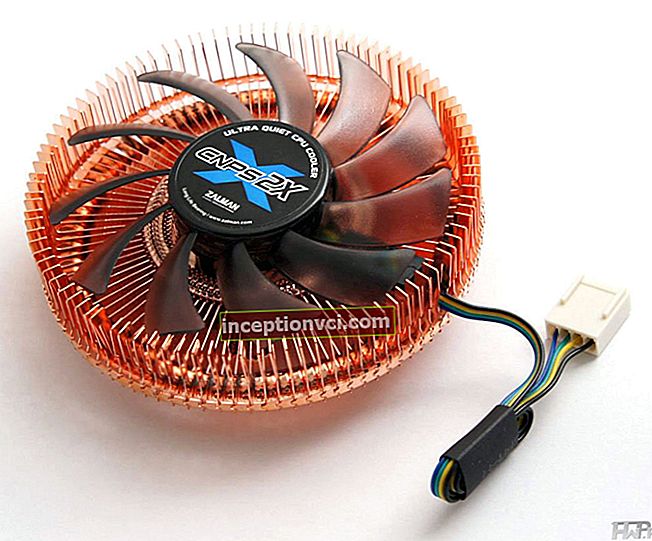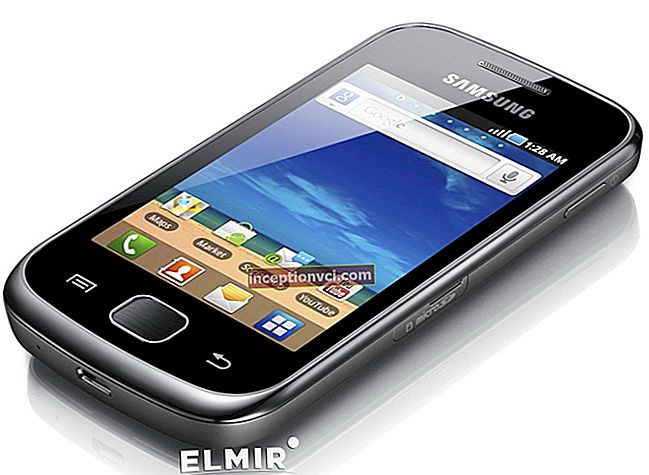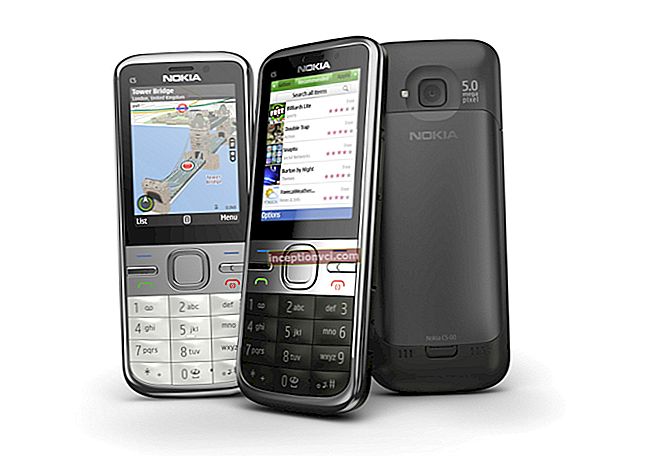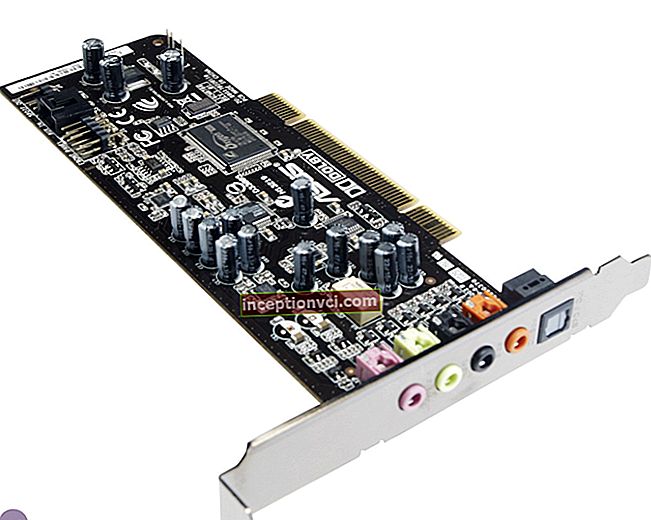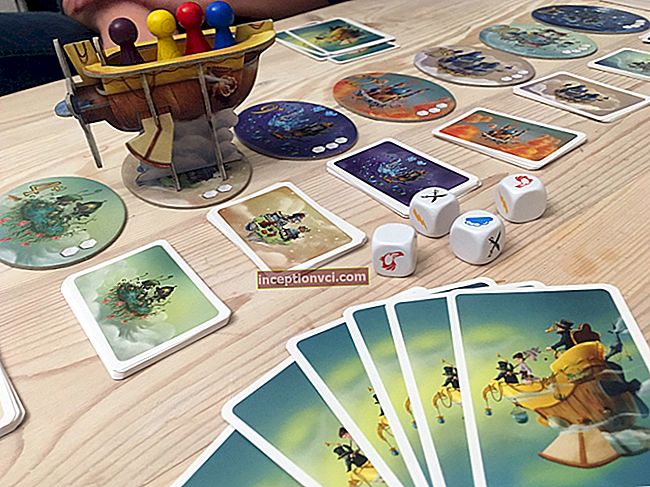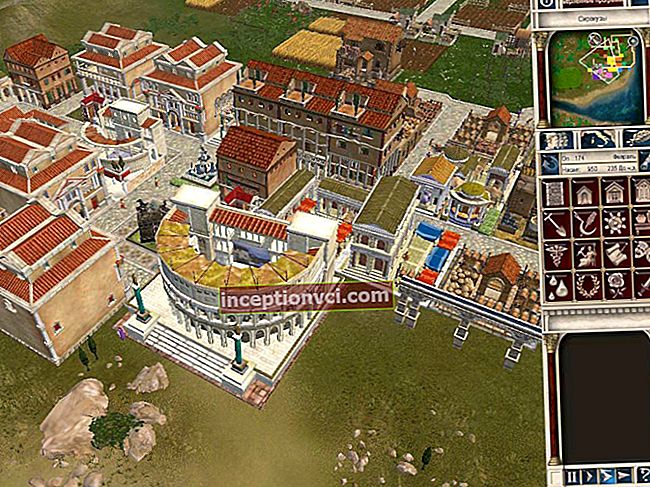Billiard balls - from ivory to "aramite".

The past of billiard balls.
In ancient times, billiard balls were made of stone. Considering that then the balls were pushed with special hammers, and billiards looked more like croquet, stones were quite suitable material for their manufacture. But over time, the stone balls no longer satisfy the players. This was due to the gradual transition from rolling and pushing balls to aimed strikes on them. As a result, balls began to be made of wood. Of course, properly made and well-polished wooden balls rolled more freely on the playing surface of the table and weighed significantly less than their stone predecessors. This led to a further change in the nature of the game and its rules. But such a material as wood had a serious drawback - the balls were easily deformed and cracked from strong impacts. The search for a new, less sensitive to external influences and, as a consequence, more durable material continued. In the end, they led to the fact that almost everywhere billiard balls began to be made of ivory.

The tusks of Indian elephants turned out to be the most ideal. Like a tooth, a tusk has channels in which capillaries and nerve endings are located. The tusks of males are not suitable for making balls, since they have such channels wrapped around the edges of the ivory and the balls are unbalanced. And for female Indian elephants, these channels are located exactly in the middle of the tusk. The balls made from the tusks of Indian elephants differ from others by the presence of a black dot located strictly in the middle of the ball. From one tusk, from 4 to 6 billiard balls were made, that is, to make one set, it is necessary to kill 3-4 females. And due to the fact that billiards began to acquire more and more interest, the population of Indian elephants began to decline sharply. There were attempts to make balls from the fangs and teeth of sperm whales, walruses, wild boars, etc., but they were unsuccessful. The need for mass production of balls of the same size, density and mass has led to the search for synthetic ivory substitutes. Today, many researchers of the history of billiards believe that the emergence and widespread introduction of various polymers and plastics is associated, first of all, with the desire of man to preserve the elephant population. Others attribute the emergence of ivory substitutes to the fact that manufacturers of billiard accessories were concerned not at all about a decline in the population of unfortunate animals, but by the fact that elephants could not supply enough of their tusks. Be that as it may, and in the second half of the 19th century, American inventor John Wesley Hyatt (John Wesley Hyatt) with special zeal began to make a substitute for ivory. After a while, he invented cellulose and tried to make billiard balls from it. But they split from the first blow. Subsequently, adding camphor to cellulose, Hyatt obtained a substance called "celluloid". The balls made of this material, although they looked like ivory balls, were still inferior to them in strength, density and resistance to splitting. However, such balls sold well, and in 1869 Hyatt received a patent and organized the Albany Billiard Ball Company, which still produces billiard balls. At the beginning of the 20th century, an American chemist-inventor of Belgian origin Leo Hendrik Baekeland invented a material that surpassed celluloid in all its characteristics, and later received the name "Bakelite".It was easy to process, non-flammable, and relatively cheap. In 1909, Bakeland patented this type of plastic, and in 1912 his company, the Bakelite Corporation, began producing bakelite billiard balls. The real revolution in the production of billiard balls from synthetic materials took place in the 30s of the XX century. It was then that phenol-formaldehyde or phenolic resin was first used to make billiard balls. The process of making balls from phenol was much simpler and cheaper than from Bakelite. It is from this material that modern billiard balls are made.
Phenolic resin balls.

Today, the best balls are those made of 100% phenolic polymers. Such balls are completely, from core to surface, made of this material. It should be noted that in most billiard clubs and halls, composite billiard balls of a lower, but quite acceptable quality are used. In composite balls, the top layer is made of phenolic plastic, and the core is made of other types of durable plastic. At first glance, the production process for phenolic balls is not particularly complicated. The resin is poured into disposable glass molds, in which it solidifies, and then baked in special ovens to the required state. After that, the balls are subjected to automated processing, and the final stage is done manually. Finished products are weighed with pinpoint precision, measured and sorted to exacting sporting standards. The use of phenolic resin ensures absolute uniformity of the ball properties to such an extent that the maximum load it can withstand exceeds five tons. Due to the friction arising from the interaction of balls and billiard cloth, the temperature reaches 250 ° C. Phenolic balls, due to their structure, are extremely resistant to high temperatures, which will surely protect them from the appearance of burn spots. They will retain their shine and smoothness over the years. The phenolic resin processing process fully compensates for the stretching that occurs in the material. This creates a glassy surface, which, coupled with a high density, increases the impact resistance of the balls by 50 times and doubles the scratch resistance. Constant density, uniformity and balance of the ball ensure perfect control of ball speed, bounce accuracy and rotation. This will result in minimal wear on the fabric of the billiard table and the balls themselves.

The most famous manufacturer of billiard balls is the Belgian company "Saluc". It produces phenolic resin balls under the brand name Aramith. This name is so firmly entrenched in phenol balls that it has become a household name. Balls from "Aramite" deservedly enjoy the title of the best.
Cue ball.

A cue ball is a ball that is used to hit other balls. It can also be called a "bump ball". In international billiard terminology, it is referred to as a "cueball". There is no number on this balloon. Usually the cue ball is made of the same material as the rest of the billiard balls, weighs the same, and has the same dimensions. However, in low-quality and inexpensive sets of balls, the cue ball may differ from others in weight or size. This is because these balls are usually produced on a separate line. In order to make the cue ball different from other balls, it is painted in a different color. For example, to play the "Russian pyramid", where all the balls are white, a red or yellow cue ball is most often used. And for the game of "American pool", where all the balls are multi-colored - a white cue ball. In the old days, the cue ball was distinguished from other balls, putting two stripes on its surface in the same way as the equator and the prime meridian are located on the globe.But the presence of two grooves on the smooth surface of the ball can significantly affect the trajectory of its movement along the playing surface of the table. Therefore, in the future, this method was abandoned, painting the cue ball in colors different from the colors of the field balls.

In many types of billiard games, a prerequisite is playing the cue ball, that is, hitting other balls with a cue is prohibited. Therefore, in the course of the game, the cue ball participates in each stroke and, therefore, much earlier than the rest of the balls, it loses its original qualities and fails. So the cue ball should be changed every three to four years. The second contender for an early replacement is ball # 1. Usually it is he who is installed at the head of the pyramid and is subjected to the most powerful blows.
Each novice player should, first of all, carefully study the cue ball, the rules and technique of striking it, its behavior during various strokes. There are special training cues on sale. Special points or marks are applied to them to facilitate the practice of strikes and allow you to see how the cue-ball behaves after the strike. Also, training cues are produced with special markings that will help a beginner to master the basics of billiard strikes. The Jim Rempe Training ball is an excellent example of such balls.

Some entertainment establishments have special pool tables equipped with coin acceptors. On such tables, pocketed balls are removed from a special accumulator only after the next coin or several coins have been introduced into the coin acceptor.

But what if during the game the cue ball accidentally gets into the pocket? This problem can be solved in two ways. The first, more simple, is that the diameter of the cue ball is slightly larger than that of the field balls. When it hits the pocket, it simply does not fall into the hole leading to the ball storage. The second method involves the presence of a powerful magnet in the middle of the cue ball. If the magnetic cue ball falls into the pocket by mistake, then it is deviated from the normal path by other magnets that are built into the table in the pocket. In this case, it does not end up in the drive, but rolls out into a special tray, where the player can freely take it and use it to continue the game.
Standard set of balls.
Today, in the vastness of the former USSR, the most widespread among billiard games are the varieties of the "Russian pyramid" and "American pool". Much less often, but still there are fans of games such as "carom" or "snooker".

The standard set of balls for the "pyramid" consists of 15 white numbered balls and a colored cue ball. The mass of such balls is from 280 to 290 g, and the diameter is 68 mm.

A set of balls for the "pool" consists of 15 field balls and a cue ball. The cue-ball is painted white, and field balls with a certain number always have the intended color and characteristic color (painted in whole or in part, i.e. with a white stripe). The mass of balls for the "pool" is from 156 to 170 g, and the diameter is 57.2 mm. The table shows the color of each ball in accordance with its number.
FULLY COLORED BALLS | PARTLY COLORED BALLS | ||
BALL NUMBER | BALL COLOR | BALL NUMBER | BALL COLOR |
1 | YELLOW | 9 | YELLOW STRIP |
2 | BLUE | 10 | BLUE STRIP |
3 | RED | 11 | RED STRIP |
4 | Lilac | 12 | LILO STRIP |
5 | ORANGE | 13 | ORANGE STRIP |
6 | GREEN | 14 | GREEN STRIP |
7 | BROWN | 15 | BROWN STRIP |
8 | THE BLACK | ||

The carom ball kit includes three balls - a white ball, a red ball, and a white ball with red or black dots (sometimes a completely yellow ball is used). The mass of balls for the "cannon" is from 198 to 213 g, and the diameter is from 60.8 to 62.4 mm.

The set for playing "snooker" includes 15 red balls, 6 different colors and a white cue ball. Red balls are set in a triangular pyramid closer to the far side, and colored balls - at certain marks on the table. The snooker ball arrangement is shown in the figure.

The weight of the snooker balls is from 142 to 156 g, and the diameter is 52.4 or 54.4 mm. For each effective ball, the player is awarded points, the value of which is indicated in the table.
BALL COLOR | NUMBER OF POINTS |
RED | 1 |
YELLOW | 2 |
GREEN | 3 |
BROWN | 4 |
BLUE | 5 |
PINK | 6 |
THE BLACK | 7 |
Special billiard balls.

If desired, in addition to standard sets of balls, you can purchase special sets. The balls in such sets are made in some non-standard style. They can be painted "like camouflage", "marbled", etc. They depict photographs, logos, tongues of fire, card suits.

Fluorescent balls that glow in the dark are especially popular among young people. They look very impressive in billiard rooms with dim lighting, although this does not contribute to the quality of the game.
We equip a home billiard room.

When planning your home billiard room, there are at least two things to consider. First, the billiard table must be positioned so that there are no windows, glass furniture, TV sets and other breakable objects behind the far side (the side where the pyramid is placed). Balls sometimes fly off the table, so you should take care in advance that possible losses are minimized. It is also necessary to ensure that the spectators or the opponent do not stand at the far side - most often the balls fly out precisely during the breakdown. The hit of a strongly launched ball into any part of the body will be not only painful, but also traumatic. The floor of the billiard room should be covered with a thick carpet or carpet. A flying or dropped ball can damage the floor, or, conversely, it can damage itself, and even crack.

Secondly, do not forget about regular wiping of balls, cleaning them from chalk chips and dust. To do this, use soft napkins or perforated rags moistened with special ball cleaners. You can also use a non-aggressive glass cleaner. Some billiard masters recommend waxing the balls from time to time. This is really good advice. Just keep in mind that only special formulations for waxing balls are used for this. Such products do not stain or grease the fabric of the billiard table. Conventional furniture care products will ruin it quickly.

For a true fan of billiards, the quality of the motion of a billiard ball and the sound of its falling into the pocket are in the first place, of course, after the rotation of the planet. Accurate blows to you!
